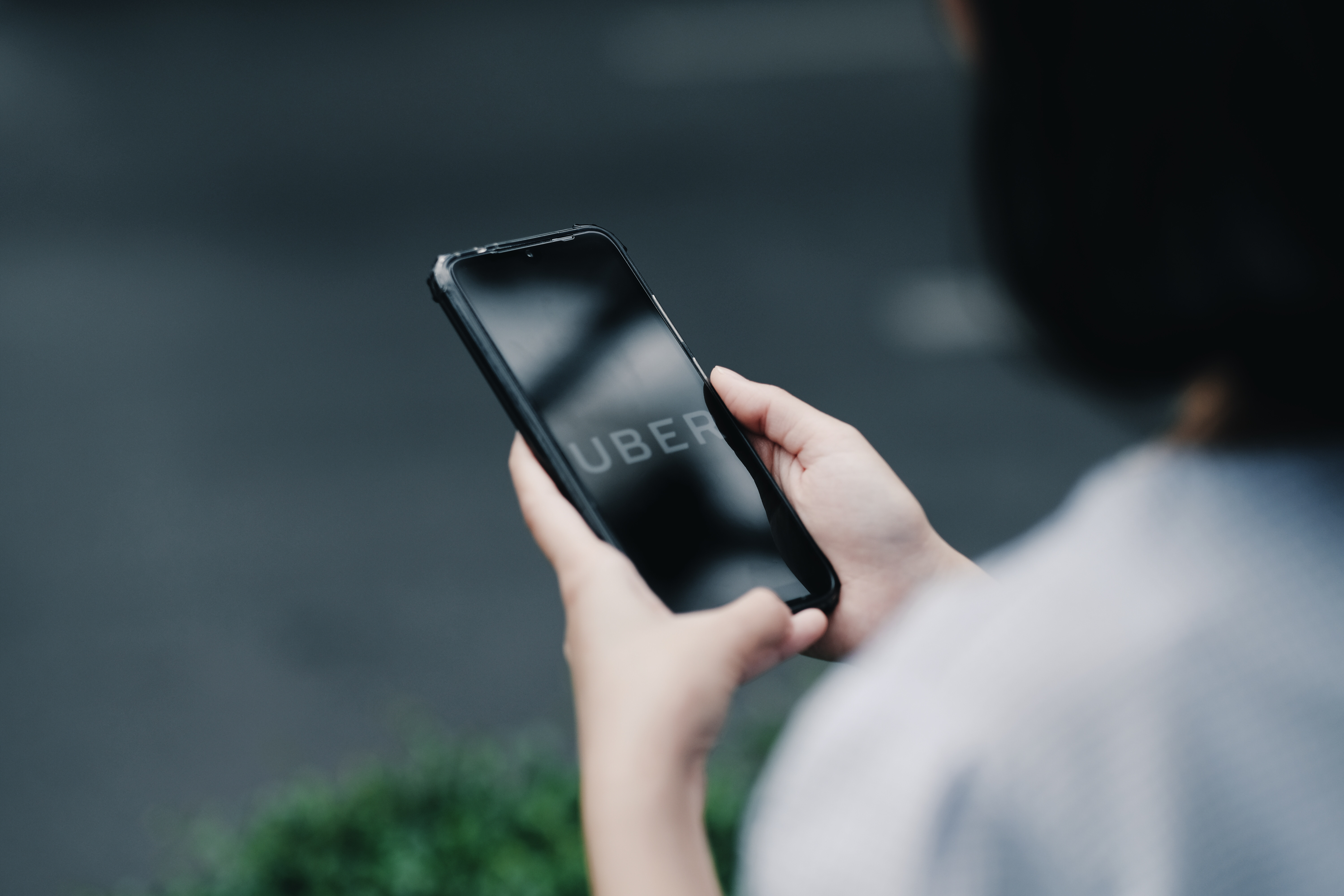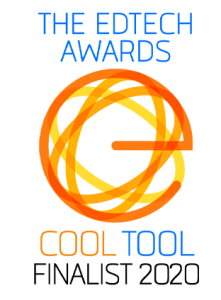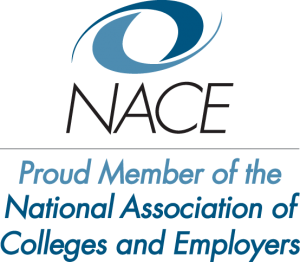Technology gives our generation the opportunity to revolutionize industries. Ridesharing apps such as Uber became the future of public transportation. So what can the education industry learn from Uber?
Disruption and evolution best describe the future state of education in 2020. Crushing debt, new innovative channels for skills acquisition, a new focus on certifications and badges, and changes to traditional employment models are but a few drivers that will dictate change. Gone are the days, that a student will go to university just to learn. Today’s student is looking for a measurable outcome and a return on their educational investment in the most immediate fashion.
Technology is of-course the catalyst. Nearly everyone holds a supercomputer in their hands thus unlimited and instant information is available to them. The exclusivity of some knowledge that was only attainable from our best campuses has dramatically been commoditized. Learning institutions can no longer just consider their online programs or curriculum enough. Big data, predictive science, and AI are beginning to play a greater role in recruitment, advising and connecting graduates to learning programs, careers and jobs. Leveraging education for a lucrative and meaningful work-life, not just a degree, will be the new focus ahead for colleges large and small.
Learning institutions will need to continue to adjust to changes in generational attitudes about education. The status quo will be left behind as schools will need to work harder to compete for students and create processes that demonstrate impactful outcomes. Recruitment, career advising, and job placement services will be rewarded with new energy and attention as these departments become more critical within the changes ahead. Institutions will need to make greater investments in systems and tools to attract and keep the right applicant. These platforms will use predictive science and AI technology to accurately connect students to educational pathways that fit the learner and ensure program engagement and completion. Ultimately the institution will need to do more than just connect graduates with careers but steward them through the process of attaining meaningful employment at the end of their education or training journey. This systemic change will reward the institution with learners that no longer think in terms of years to get a degree but instead stay connected with the institution as they live their lives as lifelong learners, constantly connected to “level up” and be engaged in their upward mobility with their alma mater as a true partner.
History shows us that a need for disruption and evolution can be confusing. But, with the benefit of hindsight, it can even seem very obvious as well. Take for example that since the 1920’s we have always been able to summon a car and ask a stranger to drive us somewhere. But did we ever think it would evolve away from the status quo of a formal limo and taxi service? Innovative educational leaders would be wise to take this page from history.







